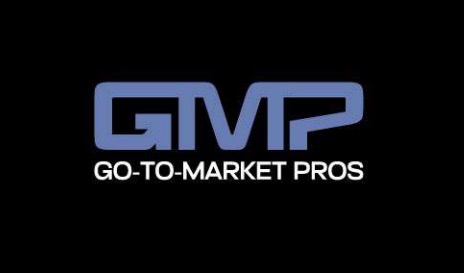As I work with CMOs & CROs on their demand generation plans for 2019, I hear concerns that traditional inbound marketing supported by BDRs may not be sufficient to meet revenue growth plans for 2019.
The reasons are the following:
There are north of 120,000 BDRs in the U.S. market and B2B buyers are proactively disengaging with them.
Most content marketing is really vendor-centric content trying to mask as customer-centric content. B2B buyers are getting smart about vendor-centric content – they are refusing to provide company-specific contact information for fear of becoming sales targets for these 120,000 BDRs.
B2B buyers are overwhelmed with the volume of B2B content marketing clutter. Even the best content is not getting through – this will get worse in 2019 as marketers produce & distribute more content.
Sales approaches to corporate buyers tend to be basic and unsophisticated. Buyers want a high- level, value-add and insight-driven discussion focused on solving their problems before listening to vendor pitches.
B2B marketers still fail to fully understand what B2B buyers really want from early-stage vendor engagement. It comes down to two things:
“Help me be a better B2B buyer and make the best decisions for my company.”
“Help me understand how my best-in-class peers are solving my most pressing problems.”
Vendors who do this will be invited to the table and asked to pitch. In addition, they will establish critical buyer credibility and trust.
Magnet Marketing
Magnet marketing is a proven methodology to attract prospects to a best practices study focused on solving a problem of interest to prospects. It’s all about attracting prospects who want to solve the same problem your company is solving. If a prospect is not interested in this specific problem, they’re unlikely to buy from you. You’re better off focusing on prospects who are actually interested. This is effectively prospect-reported intent data delivered in real time.
This methodology identifies key people at each prospect who are interested in solving this problem. The essence is a prospect-informed identification of the actual buying team. No B2B MarTech or database solution does this today. Here’s how it works:
Prospects self-identify as valid in-market buyers by expressing an interest in the best practices study.
Contacts who take the study are typically key influencers or members of a buying team for related technology.
Contacts who take the study are asked who else in the company should take this survey or who else is interested in solving this problem. This identifies additional & often unknown influencers of the buying team – most of these contacts are unknown to B2B marketers and are typically not obvious by title. I often see B2B marketers over-market to members of the executive team and under-market to members of the buying team.
Some contacts do not take the study but ask to see the report out.
The study participants typically attend the report out, inviting colleagues and sharing the study with their peers. This type of prospect-centric sharing and endorsed marketing is highly effective in terms of prospecting.
Study participants often use the best practices study report out to justify technology investments, giving excellent exposure to the technology solutions providers who sponsor the study.
I have personally conducted hundreds of prospect interviews for my clients. One client closed their largest retail deal in history from this program. Sales professionals who participate in prospect interviews also learn consultative peer-relating selling skills. Sales can leverage their findings in subsequent sales calls to add value and move up the sales sophistication curve.
Finally and importantly, prospects are more interested in the best practices of their best-in-class peer companies than they are in vendor pitches. However, when you deliver this type of content to them, they will always ask: “What do you do and how can you help?” This is exactly the question that technology vendors need to hear and is often the start of a more positive and trusting relationship.
This is where magnet marketing comes into play. This is basically inbound marketing in reverse – here’s how it works:
The process starts with an externally moderated best practices interview with high-value prospects. It’s focused on solving critical buyer problems and sales is always involved.
Best practice data is collected during each call, aggregated and published back to the market via authentic customer-centric content.
When buyers ask, “Where did this come from?” You say, “From respected peer companies who participated directly in the study.” They will immediately take notice.
This program attracts prospects who are interested in solving the problems your company is focused on. They’re often folks you have not spoken to or did not consider reaching out to, but are playing a hidden role in solving the problem.
Sales loves this process because they just need to show up at prearranged prospect meetings and marketing gets fresh customer-centric best practices that prospects actually care about.
